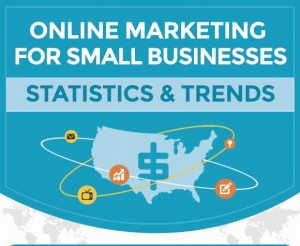Identity resolution is a critical component of any marketing campaign.
The advent of privacy regulations like GDPR and CCPA has changed the way digital marketers operate. The postponed, but still imminent, deprecation of third-party cookies by Chrome, the concentration of big tech players, and the inadequacy of data from many channels are leading many marketers to adopt identity resolution platforms.
“It’s really difficult, if not impossible, to understand the consumer journey by just looking at mobile app IDs or cookies,” said Hugo Loriot, Parter at data science company fifty-five, in his recent Martech presentation. “You really need to stitch together different forms of identifiers to understand what people are exposed to, but you also need to be able to connect that kind of data with what happens offline.”
Marketing success depends on identity resolution
Knowing your audience is fundamental to any marketing endeavor, which can be difficult without access to both online and offline data. Identity resolution is one way to support effective marketing campaigns while respecting consumer privacy.
Here are some of the main functions of identity resolution and their benefits for modern marketers.
Data collection and cleansing
Identity resolution platforms aggregate data from many consumer touchpoints. But more importantly, they deduplicate and sort the data based on rules set up in the system, helping marketers access accurate audience information.
Identity matching
First-party data that’s been sorted is connected to generate a unified but anonymized profile, protecting consumer privacy. It’s possible to append third-party data to these profiles, thus enriching them.
Audience profile creation
These platforms can then use generated identities to further enrich audiences using 1st party, 2nd party, and 3rd party data. This is an optional function that depends on deals you’ve made with data providers.
Audience activation and connection
Once audiences are created, marketers can connect them with various media platforms. This helps marketers see how these groups are responding to their campaigns across multiple touchpoints.
“Without identity resolution, it’s going to be even more difficult for brands to run the most basic things of digital marketing, like frequency capping management, ad sequencing, and multi-touch attribution.” said Loriot.
Snapshot: Identity resolution platforms
The most successful digital marketing strategies rely on knowing your potential customer. Knowing what they’re interested in, what they’ve purchased before—even what demographic group they belong to—is essential. The foundational technologies that help marketers target these segments are called identity resolution platforms.
Identity resolution technology connects a growing number of identifiers to one individual. It draws this valuable data from the various channels and devices they interact with, such as connected speakers, home management solutions, smart TVs, and wearable devices. And these consumer adoptions continue to rise. The number of devices connected to IP networks is expected to climb to more than three times the global population by 2023, according to the Cisco Annual Internet Report.
Consumer expectations are also higher than ever. More people expect relevant brand experiences across each stage of their buying journeys. One-size-fits-all marketing doesn’t work; buyers know what information sellers should have and how they should use it.
Identifying consumers has been challenging for marketers. 71% of brand marketers struggle to maintain an accurate consumer identity over time, according to a study from Forrester. Inaccurate targeting wastes campaign spend and fails to generate results.
The post Why identity resolution is foundational in modern marketing appeared first on MarTech.
MarTech(25)






